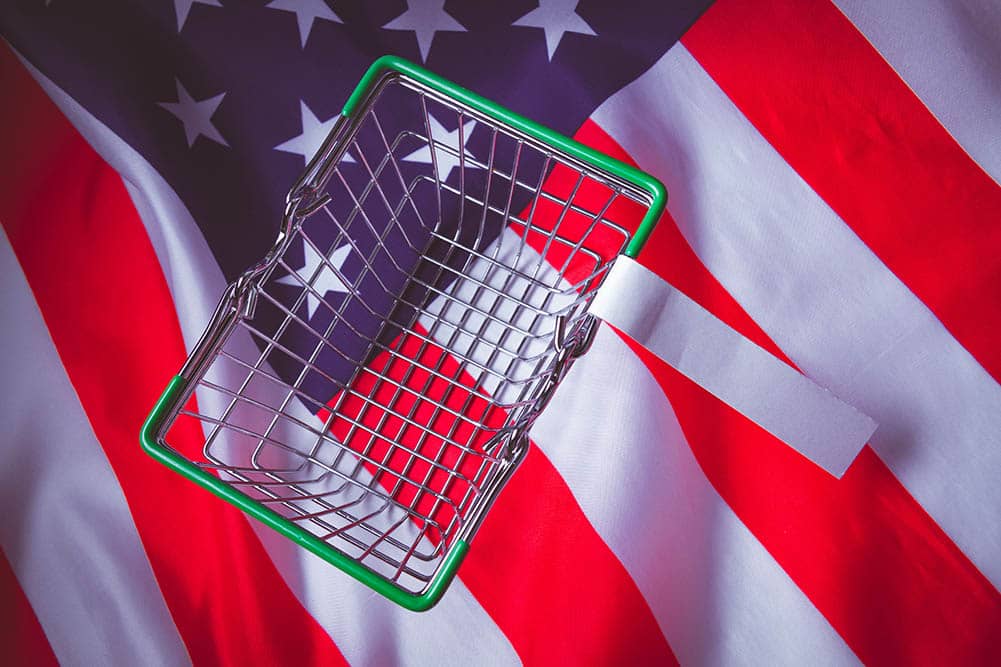U.S. Inflation Forecast: Closing in on 2.0% Says Truflation
- Written by: Sam Coventry

Image © Adobe Images
As the United States edges closer to the summer months, price pressures are easing across several dominant sectors, namely food, utilities, healthcare, and apparel, according to inflation data aggregator Truflation.
In a new research note, Truflation says markets have factored in these trends and now expect a drop in May's Consumer Price Index (CPI) reading, although the magnitude of the move remains uncertain.
"Predictions range from 4.8% to 3.9%, but Truflation's data indicates the BLS estimate will come in at the mid-point of this range at 4.2%," says Oliver Rust, Head of Product at Truflation.
The data is due for release on Tuesday at 13:30 BST with the consensus looking for a reading of 4.1% year-on-year, meanwhile, core inflation is expected to post at 5.3% year-on-year for May.
But Truflation's data suggests CPI is even closer to the elusive 2% target than the government's figures indicate and the Federal Reserve can more seriously consider ending its rate hiking cycle as a result.
Rust explains, "According to Truflation's index, US CPI is, in fact, 2.75% as of June 12, 2023."
Truflation says its comprehensive and real-time measurement, based on millions of data points, makes its U.S. CPI index 30 times more accurate than official numbers, providing a more precise estimate of US consumer prices today.
The anticipated decline in inflation should finally provide sufficient justification for the Federal Reserve to hit the pause button on its rate-hiking cycle.
Rust comments, "Regardless of the accuracy of the BLS estimate, however, the latest inflation drop should finally provide sufficient justification for the Federal Reserve to hit the pause button on its rate-hiking cycle."
With the first day of this month's Federal Open Market Committee (FOMC) meeting coinciding with the release of the BLS inflation data, policymakers will have limited time to incorporate the most recent information into their rate decision.
However, considering the approaching 2024 presidential election, the Federal Reserve must balance its inflation-fighting policy with the need to prevent a recession in the U.S. economy.
"This means balancing its inflation-fighting policy with ensuring the US economy avoids a recession. With mixed economic data coming out of the US – rising household debt and unemployment on the one hand, and strong wage growth on the other – it’s hard to say with certainty that a recession is no longer on the cards. However, if the Fed strikes the right balance, the recent weakness in economic growth could be short-lived. Should the Central Bank choose to hike again, however, this added pressure could well be the straw that breaks the camel’s back when it comes to the ailing US economy," says Rust.



